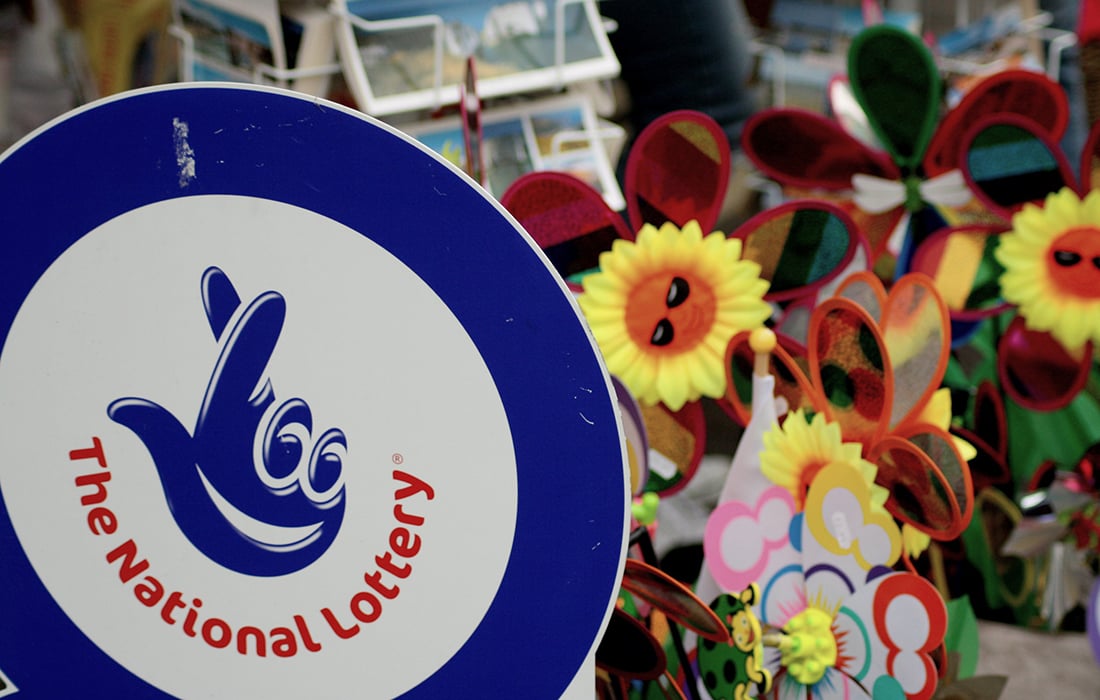
Lottery, earned income and philanthropy filled the gap in public funding
Photo: K J Payne (CC BY-SA 2.0)
Arts Index sets out 10-year trends
The sources of money available to the cultural sector have changed significantly over the past decade but the overall picture suggests the sector coped with the changes until the Covid-19 crisis.
Per person public sector spending on the arts in England has declined significantly since its peak around 2010, according to a new report by the National Campaign for the Arts, summarising trends in t...
Subscribe to read more
Get unlimited access to the latest news, features and opinion from the arts, culture and heritage sectors
Already subscribed? Log in
Usually have access through your university?
Join the Discussion
You must be logged in to post a comment.